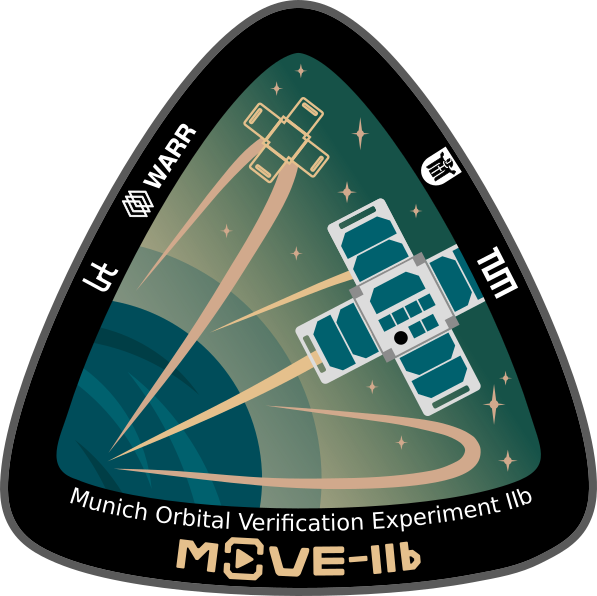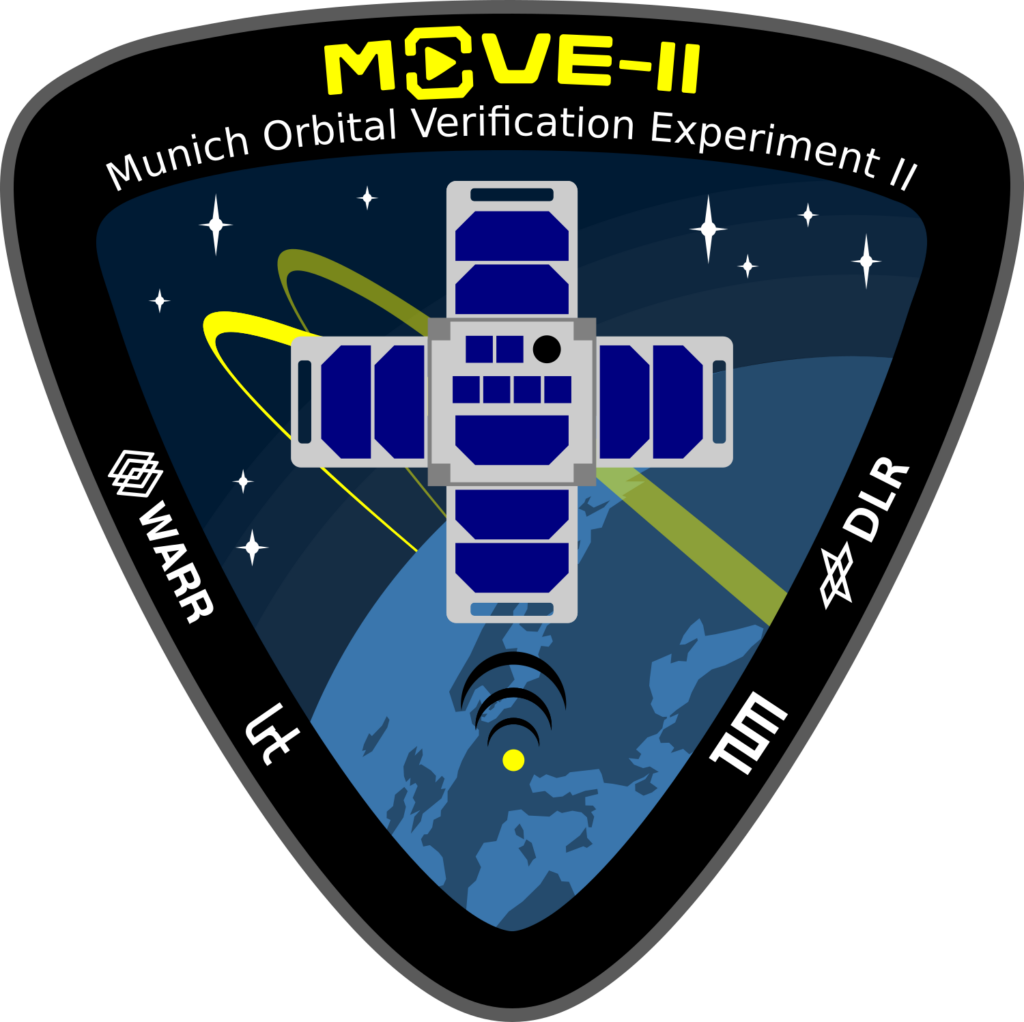| – | Uplink | Downlink |
|---|---|---|
| Frequency (MOVE-II) | 70-centimeter band | 145.950MHz |
| Frequency (MOVE-IIb) | 70-centimeter band | 145.840MHz |
| Modulation | DBPSK | BPSK |
| Baudrate | 12.5kBaud | 12.5kBaud |
| Sync Word | 0x49E0DCC7 | 0x49E0DCC7 |
| FEC | None | CCSDS-LDPC 1/2, 1k Block size |
To communicate with the MOVE-II and MOVE-IIb Satellite, we use a UHF/VHF communication module. The downlink of this module can be received by any interested radio amateur. In its regular operation mode, MOVE-II transmits its CW callsign (DP0MVE) every 40 seconds and a short beep every 10 seconds. Additionally, the satellite transmits a data beacon every minute. The data beacon has a bandwidth of approx. 18 kHz, its modulation is described in the table above. The data sent down by the satellite is packed into Nanolink frames.
MOVE-IIb sticks to a similar but slower beacon pattern. It sends its CW callsign (DP0MVB) every 80 seconds and a short beep every 20 seconds. The data beacon is sent every minute with the same parameters as for MOVE-II.
How you can contribute
We would be glad if you could help us to receive MOVE-II. We will also send you MOVE-II QSL cards and a little thank you in this case. We would be glad if you could send us everything that your ground station received during an overpass of MOVE-II. We will then analyze your data with our decoding software and give you feedback if we could extract data and what information was transmitted during the overpass.
Requirements
- an SSB receiver (for hearing the CW transmissions) or an SDR if you would also like to capture enough bandwidth for the data transmissions)
- Minimum bandwidth for data decoding is 25 kHz
- An additional 6 kHz for the Doppler shift is needed if you should not have Doppler shift correction implemented
- Software to capture the baseband
- Standard software like SDR Console or SDR sharp is fine (Record the baseband at a precision of 16 bit)
- GNU Radio is even better (Stream the signal in a file sink block)
Write an E-Mail to satelliten@warr.de, if possible with your file or a link to the uploaded file (e.g. to a dropbox), and please also give us the sample rate of your recorded file, the used frequency of your receiver, time and date of the beginning of your record and your location. If you do not have access to a file transfer site, send us the mail without the file and we will give you a link to upload it to. During the next days afterwards, you should hear back from us and what we got out of your submission.


